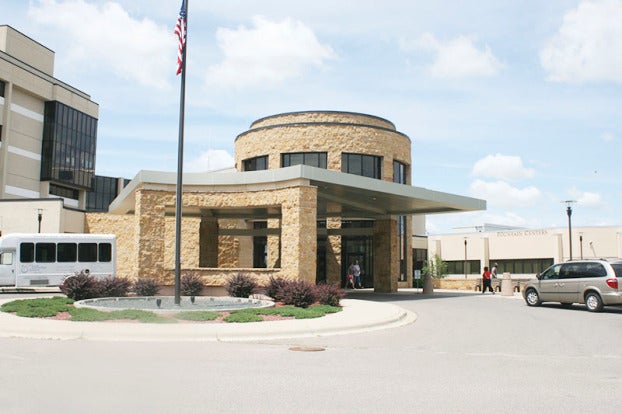Mayo officials: Help decrease surge, burden on hospitals
Published 9:15 pm Tuesday, November 24, 2020
|
Getting your Trinity Audio player ready...
|
Mayo Clinic officials are reemphasizing the importance of masking, social distancing and robust hand hygiene in the coming weeks as they anticipate another surge in COVID-19 cases two weeks after Thanksgiving.
Dr. Amy Williams, executive dean of Mayo Clinic practice, said by decreasing large gatherings, wearing masks and staying socially distanced, “you are saving our communities and possibly those in your family from getting COVID-19 and, for some, having bad outcomes.”
“It’s key to decrease the surge and decrease the burden on our hospitals so we can continue to care for all the medical needs of our communities,” Williams said.
As of midnight on Monday, there were 261 patients in the hospital with COVID-19 at Mayo locations in the Midwest, she said. Staff at Mayo Clinic in Rochester were caring for 87 patients with COVID-19, including 27 in the intensive care unit. With some new admissions overnight, there were 93 people with COVID-19 Tuesday morning in the hospital, with 28 in intensive care.
The number of COVID-19 patients discharged from Midwest Mayo hospitals as of midnight Monday was 2,083, including 42 who were dismissed on Monday.
Despite the continuing surge, she noted over the weekend the health system saw a drop in the number of tests being completed. This could be a sign that less people are being exposed to the virus and less people are having symptoms, though tests are still high.
Testing volumes through Mayo went from 5,600 on Friday to 3,220 on Sunday and 3,564 on Monday. There is also some hope in positivity rates, she said, which dropped below 10% in Rochester and below 20% at the Wisconsin sites.
Williams emphasized it is safe to come to Mayo facilities for treatment or testing, noting that only 2.6% of the organization’s 55,000 staff in the Midwest are out for COVID-19 exposure or diagnosis. Ninety-three percent of the staff who are diagnosed have been infected through community spread.
“We need everyone in the communities we serve to do their part to limit the spread of COVID-19,” she said.
In areas where staffing may be short, the health system has been able to mobilize staff from other areas, including the organization’s Mayo Clinic sites in Arizona and Florida. It has also brought back some newly retired staff who are still licensed for some duties.
She said currently Mayo has enough beds for COVID-19 patients at the Rochester hospital and has turned some additional general care and ICU beds into beds for patients with COVID-19.
At this time she was not aware of Mayo utilizing the Albert Lea hospital for additional COVID-19 patients, noting this would require setting up new infrastructure and staff.
“We’ve looked at our current facilities and found ways we can increase beds,” she said.
The hospital system is preparing for increased beds for the surge that is anticipated two weeks after the Thanksgiving holiday.
She reminded people that with COVID-19 may not get symptoms right away and typically start showing symptoms between five and 10 days after exposure, though the incubation period is up to 14 days. After the onset of symptoms, most people are ill for about 10 days, unless they have more severe cases with conditions such as pneumonia or kidney failure.






